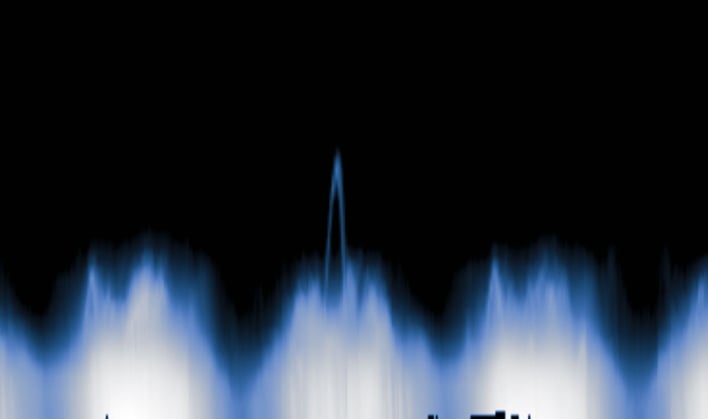NASA Needs Your Help Finding Clouds On Mars To Solve A Martian Mystery
NASA and other space agencies have made no secret of the desire to one day have manned missions to the Red Planet. The Artemis program, which will put human boots back on the surface of the moon before the end of the decade, has plans to build a moon base that will serve as a jump-off point for future missions that include trips to Mars. But before anyone sends someone that far into space, NASA is hoping to first better understand the planet and its atmosphere.
One fundamental mystery when it comes to Mars pertains to why the planet's atmosphere is just 1% as dense as Earth's, even though there is a good deal of evidence that suggests Mars used to have a much thicker atmosphere. Currently the air pressure is so low that liquid water simply vaporizes from the surface of the planet into the atmosphere. However, billions of years ago it is believed lakes and rivers covered Mars, which suggests the atmosphere must have been much thicker at one time.
This leads researchers to the question of how that happened. There is one theory that suggests different mechanisms could be lofting water high into the atmosphere, at which point solar radiation breaks those water molecules down into hydrogen and oxygen. Scientists hope that by understanding where and how these clouds appear, it will also give them a better understanding of the structure of Mars' middle atmosphere, which is located around 30 to 50 miles (50 to 80 kilometers) in altitude.
"We want to learn what triggers the formation of clouds, especially water ice clouds, which could teach us how high water vapor gets in the atmosphere, and during which seasons," stated Marek Slipski, a postdoctoral researcher at NASA's Jet Propulsion Laboratory in Southern California.
This is where NASA is seeking help from the public in identifying clouds on Mars. The program revolves around a 16-year record of data from NASA's Mars Reconnaissance Orbiter (MRO). The spacecraft has been studying Mars since 2016 with its Mars Climate Sounder instrument, which studies the atmosphere in infrared light. What NASA is asking from the public, is help searching through all that data in order to locate clouds that appear as arches. By doing this, the agency hopes it will help scientists to more efficiently study where in the atmosphere they occur.
Scientists have played around with algorithms to identify the arches in Mars Climate Sounder data, but say it is much easier for humans to spot them by eye. But it is also believed that the Cloudspotting project could also lead to researchers developing and training better algorithms that could do the work in the future.
"We now have over 16 years of data for us to search through, which is very valuable, it let's us see how temperatures and clouds change over different seasons and from year to year," remarked Armin Kleinboehl, Mars Climate Sounder's Deputy Principal Investigator at JPL. "But it's a lot of data for a small team to look through."
If you are interested in helping find clouds on Mars, you can go to the Cloudspotting on Mars website to find out more and get started. Happy cloud hunting!
Top Image Credit: NASA/JPL


